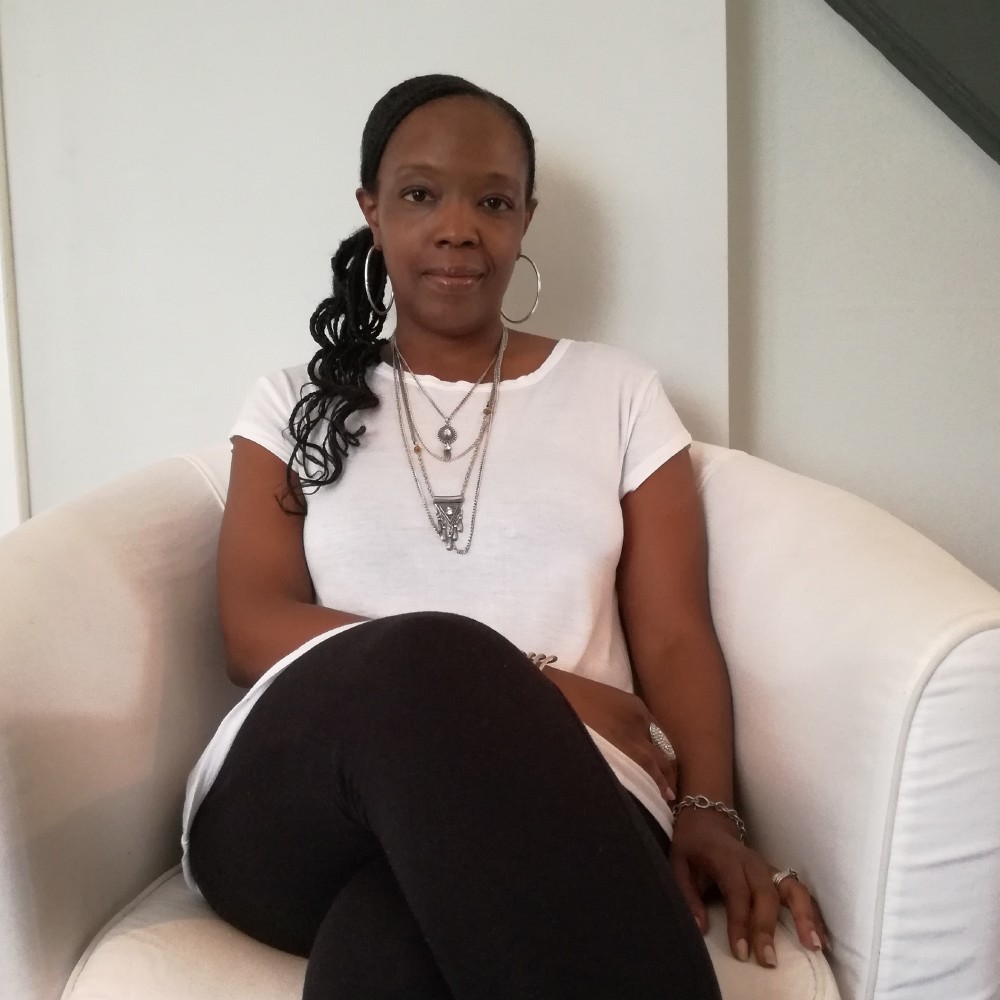‘DIVERSITY’ is undoubtedly one of the buzzwords of 2017. Whether it’s companies pledging an increase of it in the workplace or Hollywood being slammed for not showcasing enough of it, diversity has been a hot topic in recent times.

Davina Hamilton
It’s wonderful that this issue is up for discussion. But what can be missed among the numerous headlines are the groups and individuals these diversity discussions seek to serve.
This is particularly the case with children’s literature – in particular, the call for greater diversity in children’s literature.
It is well documented that books featuring black characters are grossly underrepresented in the children’s book market. But while the publishing industry drags its heels with adequately addressing this issue and media outlets (quite rightly) publish articles highlighting this problem, it’s black children who are getting a raw deal.
While us grown-ups are debating and discussing, it’s our little ones who are made to feel left out when nobody looks like them in the books they read and – worse still – they’re the ones who are susceptible to forming negative ideas about why they are so rarely part of the narrative.
With this in mind, I couldn’t help but feel touched when a mother told me how much her four-year-old son enjoyed my new children’s book, Riley Can Be Anything, because – as she put it – “my son keeps saying Riley looks like him!”
Her words spoke as loudly as a foghorn because her son, a young black boy, was exactly the type of child I had in mind when I decided to make Riley, the main character of my book, a young black boy.
For me, it wasn’t a radical decision. As a black woman with two black children, creating a book with a lead black character was a somewhat obvious choice to make. But it also felt like a necessary choice, in order to give black children a positive character to look up to.
It was also imperative to me that the story should inspire young readers. As such, the rhyming tale centres around Riley, who, with the encouragement of his big cousin Joe, discovers he can be anything he wants to be.
Riley doesn’t have to look far for inspiration, with Joe suggesting to his little cousin that he could be a doctor like Uncle Dan or a pilot like Great Grandad Frank. With numerous inspirational figures in his own family, Riley is further encouraged that all possibilities are open to him.
This type of positive imagery is essential for all children, but particularly for black children, who may well grow up to face racial prejudice in their later years. It’s heart-breaking to think that my daughter and son may grow up to face challenges when they’re older for no other reason but the colour of their skin. But navigating such challenges is far easier when you’re armoured with an ‘I can’ attitude. And what better way to encourage this attitude in children than through the books they read?
This mentality will encourage black youngsters – and indeed all youngsters – to work hard to break down, walk around or jump over any barriers they may face as they get older. Because striving to achieve personal goals is far more likely when you’ve been encouraged – from early – that you can be anything.

Riley Can Be Anything is available through Amazon

